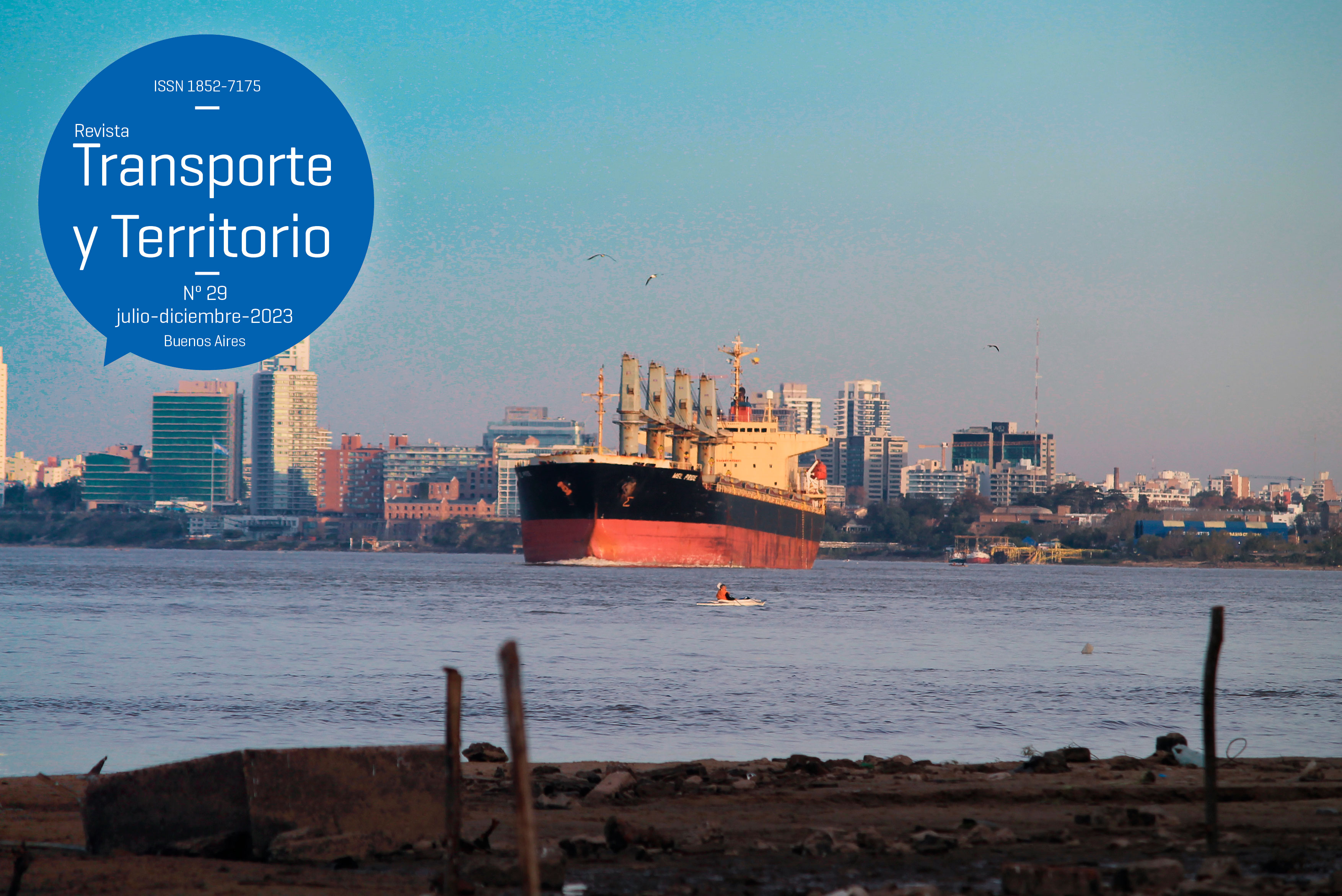Avaliação do sistema de pedágio sem barreiras por quilômetro percorrido free-flow
Evaluation of the barrier-free toll system per kilometer traveled free-flow
Abstract
The toll payment system, tariff collected for highway traffic, is a way of maintaining and expanding highways, leaving them in good trafficability and safety conditions. In search of a fairer form of payment, the electronic toll collection can be used to increase the number of payers based on the distance traveled. So, this work addresses toll collection per kilometer, using the free-flow system, where the user pays for the actual traveled distance controlled by an automatic system, with the installation of electronic gateways at the entrances and the exits of the road. The selected highway was the BR 116 – Rio de Janeiro – São Paulo, known as highway Presidente Dutra, that it interconnects the states, with a total dimension of 402 miles. The results of the present work showed that the current toll price at the plaza corresponds to $ 15.20 Brazilian Reais, which would suffer a decrease of, approximately, 37%, changing to $ 9.49 Brazilian Reais. Additionally, the implementation of a free-flow system for a segment of 10 miles on the same highway, would result in a saving of $ 5.71 Brazilian Reais for the long distance users, or up to 4.15% of the minimum wage.Downloads
Download data is not yet available.
Published
2023-11-29
How to Cite
Talita Evelyn Paulino da Silva, Augusto Cesar de Mendonca Brasil, Cintia Adriana Azevedo de Liz Anhaia, Francielly Cristina Sousa Cunha, & Jony Marcos do Valle Lopes. (2023). Avaliação do sistema de pedágio sem barreiras por quilômetro percorrido free-flow. Revista Transporte Y Territorio, (29), 130-146. https://doi.org/10.34096/rtt.i29.10577
Section
Artículos

1.jpg)

3.png)























